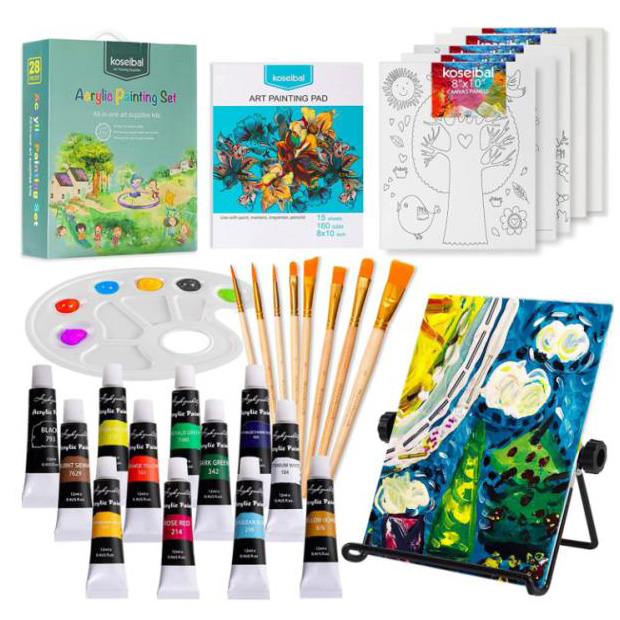 English
English-
 English
English -
 Español
Español -
 Português
Português -
 русский
русский -
 Français
Français -
 日本語
日本語 -
 Deutsch
Deutsch -
 tiếng Việt
tiếng Việt -
 Italiano
Italiano -
 Nederlands
Nederlands -
 ภาษาไทย
ภาษาไทย -
 Polski
Polski -
 한국어
한국어 -
 Svenska
Svenska -
 magyar
magyar -
 Malay
Malay -
 বাংলা ভাষার
বাংলা ভাষার -
 Dansk
Dansk -
 Suomi
Suomi -
 हिन्दी
हिन्दी -
 Pilipino
Pilipino -
 Türkçe
Türkçe -
 Gaeilge
Gaeilge -
 العربية
العربية -
 Indonesia
Indonesia -
 Norsk
Norsk -
 تمل
تمل -
 český
český -
 ελληνικά
ελληνικά -
 український
український -
 Javanese
Javanese -
 فارسی
فارسی -
 தமிழ்
தமிழ் -
 తెలుగు
తెలుగు -
 नेपाली
नेपाली -
 Burmese
Burmese -
 български
български -
 ລາວ
ລາວ -
 Latine
Latine -
 Қазақша
Қазақша -
 Euskal
Euskal -
 Azərbaycan
Azərbaycan -
 Slovenský jazyk
Slovenský jazyk -
 Македонски
Македонски -
 Lietuvos
Lietuvos -
 Eesti Keel
Eesti Keel -
 Română
Română -
 Slovenski
Slovenski -
 मराठी
मराठी -
 Srpski језик
Srpski језик -
 Esperanto
Esperanto -
 Afrikaans
Afrikaans -
 Català
Català -
 שפה עברית
שפה עברית -
 Cymraeg
Cymraeg -
 Galego
Galego -
 Latviešu
Latviešu -
 icelandic
icelandic -
 ייִדיש
ייִדיש -
 беларускі
беларускі -
 Hrvatski
Hrvatski -
 Kreyòl ayisyen
Kreyòl ayisyen -
 Shqiptar
Shqiptar -
 Malti
Malti -
 lugha ya Kiswahili
lugha ya Kiswahili -
 አማርኛ
አማርኛ -
 Bosanski
Bosanski -
 Frysk
Frysk -
 ភាសាខ្មែរ
ភាសាខ្មែរ -
 ქართული
ქართული -
 ગુજરાતી
ગુજરાતી -
 Hausa
Hausa -
 Кыргыз тили
Кыргыз тили -
 ಕನ್ನಡ
ಕನ್ನಡ -
 Corsa
Corsa -
 Kurdî
Kurdî -
 മലയാളം
മലയാളം -
 Maori
Maori -
 Монгол хэл
Монгол хэл -
 Hmong
Hmong -
 IsiXhosa
IsiXhosa -
 Zulu
Zulu -
 Punjabi
Punjabi -
 پښتو
پښتو -
 Chichewa
Chichewa -
 Samoa
Samoa -
 Sesotho
Sesotho -
 සිංහල
සිංහල -
 Gàidhlig
Gàidhlig -
 Cebuano
Cebuano -
 Somali
Somali -
 Тоҷикӣ
Тоҷикӣ -
 O'zbek
O'zbek -
 Hawaiian
Hawaiian -
 سنڌي
سنڌي -
 Shinra
Shinra -
 Հայերեն
Հայերեն -
 Igbo
Igbo -
 Sundanese
Sundanese -
 Lëtzebuergesch
Lëtzebuergesch -
 Malagasy
Malagasy -
 Yoruba
Yoruba -
 简体中文
简体中文 -
 繁体中文
繁体中文
The function of children's art painting board?
2023-09-18
Children's art painting boards, often referred to as easel boards or kids' drawing boards, serve several important functions for young artists and budding creative minds:
Artistic Expression: These boards encourage children to explore their creativity and express themselves through art. Whether it's painting, drawing, or other artistic activities, the board provides a designated space for self-expression.
Fine Motor Skills Development: Painting and drawing on these boards require precise hand-eye coordination, helping children develop their fine motor skills. This can be especially beneficial for young children who are still refining their manual dexterity.
Imagination and Creativity: Children's art boards stimulate imagination by offering a blank canvas for kids to bring their ideas to life. They can experiment with colors, shapes, and concepts, fostering creativity and original thinking.
Sensory Exploration: Painting and drawing involve sensory experiences such as tactile (touching the paint or drawing materials), visual (seeing the colors and shapes), and sometimes even olfactory (smelling the paint). These sensory explorations are important for child development.
Hand-Eye Coordination: Using brushes, crayons, or markers on an easel board requires kids to coordinate their hand movements with what they see on the board. This skill is crucial for various activities in life, including writing.
Spatial Awareness: Children learn about spatial relationships and proportions as they paint or draw on a board. They become aware of how objects relate to each other and the space they occupy on the canvas.




